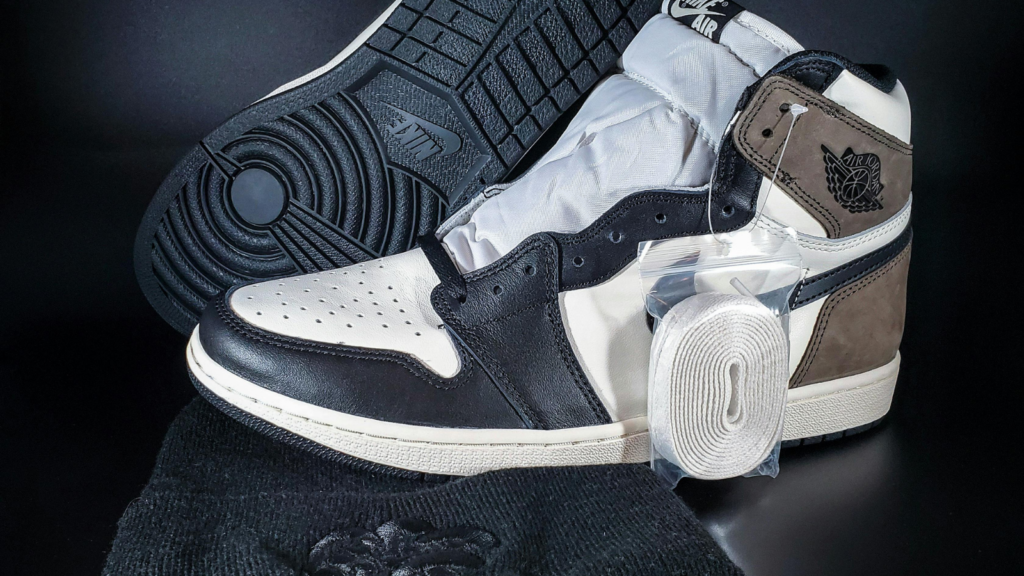
This article will explore the cutting-edge new shoe technology 2023 to redefine our walking experience. We’ll delve into how these advancements are revolutionizing comfort, performance, and style. So, lace up and prepare to embark on a journey into the future of footwear.
New Shoe Technology 2023
Key Innovations and Trends
Smart Shoes
The smart shoes dominate the arena of new shoe technology 2023. They combine traditional shoe craftsmanship with digital technology, bearing sensors that monitor steps, speed, and calories burned, facilitating health tracking. Brands offering such innovation include Nike, Adidas, and Under Armour.
Biodegradable Shoes & 3D Printed Shoes

Acknowledging ecological concerns, manufacturers are leaning towards the production of biodegradable shoes. Composed of environment-friendly materials, these shoes decompose naturally, reducing waste. Reebok’s NPC UK Cotton sneakers signify this trend being crafted entirely from plants.
Transcending conventional manufacturing, 3D printed shoes promise enhanced customization. Their unique construction involves digitally designing and printing each component, fostering precision in fit and comfort. Adidas Futurecraft 4D serves as an example of this innovation.
Self-Lacing Sneakers & Reactive Cushioning
2023 heralds the adoption of self-lacing sneakers on a wider scale. Functioning through an internal motor, they provide automated lacing, optimizing a user’s comfort and fit. The Nike adapt BB stands out in this category with its customized lacing system.
Another significant novel feature of 2023’s footwear technology is reactive cushioning. Shoes containing this feature possess the ability to adjust cushioning levels, based on the wearer’s activity, thus offering optimal support. The ASICS Gel Quantum Infinity encapsulates this feature brilliantly.
Advancements in Material Technology
Sustainable and Eco-Friendly Materials
The use of sustainable and eco-friendly materials in shoe production is a testament to the industry’s drive for environmentally conscious practices. Brands have begun integrating bio-based materials into their offerings, driving the product towards biodegradability. For example, the Adidas Futurecraft Biofabric shoe uses Biosteel fiber, a synthetic silk material that is 100% biodegradable. Brands like Reebok continue the trend with their NPC UK Cotton sneakers which are partially composed of corn and cotton materials, allowing for composting at the end of the shoe’s lifespan.
Durable and Lightweight Options
Meeting the demands for better performance in activities, shoe materials are evolving to showcase superior strength and decreased weight. Lightweight footwear reduces the energy exerted during motion, whereas improved durability enhances the shoe’s lifespan, leading to a higher return on investment for the consumer.

Nike’s Flyknit material and Adidas’s Primeknit have both set benchmarks in this case. The knit material not only reduces weight by eliminating the need for multiple materials and seams but also molds to the foot, providing a second-skin feel without sacrificing durability.
Under Armour’s HOVR technology is another evolution in the realm of lightweight power. The design incorporates the ‘Energy Web,’ a mesh fabric that wraps the cushioning core to provide strong energy returns. This helps maintain the shoe’s lightweight performance while offering stability and durability in usage.
Smart Shoes and Connectivity
Integration with Mobile Apps
Powering the smart shoes, numerous companies have developed exclusive mobile applications. These apps act as an interface for users to decode the data collected through sensors in the shoes. Brands like Under Armour have their MapMyRun app, enabling users to track and analyze their running metrics where the UA HOVR shoes become a wearable tech gadget. Similarly, Nike’s Adapt app pairs with the HyperAdapt self-lacing shoes, allowing users to adjust the fit, check battery levels, and customize the LED colors.
Health Monitoring Features

An important facet of the smart shoes technology is their potential for health monitoring. With embedded sensors, they capture information related to walking or running metrics – such as distance covered, speed, calories burned, and steps taken.
Detailed biomechanical data like stride length and foot landing technique is also provided, serving as a treasure trove for athletes and health-conscious individuals.
The Cutting-Edge New Shoe Technology 2023
It’s clear that the shoe industry isn’t just stepping into the future – it’s sprinting. The new shoe technology 2023 boasts impressive advancements such as smart shoes and self-lacing sneakers. These shoes aren’t just footwear anymore – they’re a tool for enhanced performance and well-being.


